Dining room v Dining in the kitchen: The great debate
It’s the interior design controversy that just won’t go away: is it best to have a separate dining room, or should everybody sit down together in the kitchen?
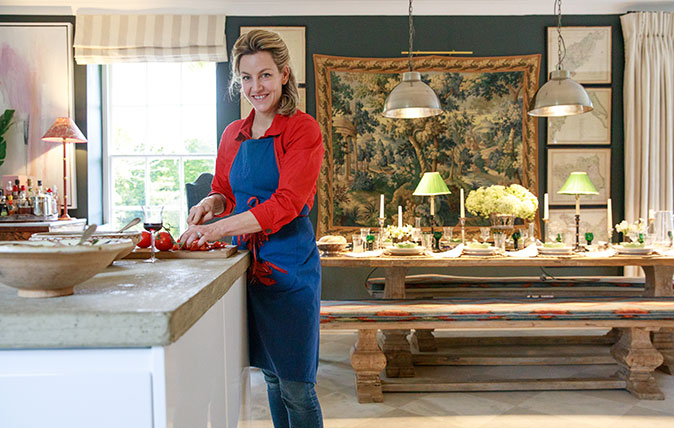
Top designers Ben Petreath and Henriette von Stockhausen have opposing views – here, they explain why. Portraits by Millie Pilkington.
Why a dining room is better than an eat-in kitchen, by Ben Petreath
Pundits of a certain type regularly like to declare the ‘death’ of something or another, not least so that, a few years later, they can cleverly announce its revival. Wallpaper, chintz, patterned carpet: each has ‘died’ only to be resurrected in the columns of the Sunday supplements.
Of course, the readers of Country Life, being above fashion, will not be fooled by such diktats, especially when it comes to the punditry – repeated all too frequently these days – that the dining room is ‘dead’.
One of the misconceptions of many decorators (and their clients) these days is that all rooms must have incessant use in order to demonstrate value. In a tiny city flat, where space is limited, that can make sense. In the country, life is more forgiving. Houses sprawl and ramble a little more, so we find summer sitting rooms, morning rooms, libraries and snugs as well as nursery playrooms, flower rooms, pantries and gun rooms.
“We are enclosed in the joy, drama and civilisation of the dining room and, at the end of the evening, blinking, a little like stepping back out of the theatre into the street, we return to the real world”
All of these attest to the quiet luxury of space, meaning certain rooms don’t have to be put hard to work the whole time. Some will be in daily use, others less frequently, but each serves a function that’s unique – and none more so than the dining room.
Anyone who’s experienced the magical alchemy of a dinner party given by friends and held by candlelight in a beautiful room will know exactly what I mean. There isa transformative moment that couldn’t quite be achieved anywhere else. Food, conversation, debate, laughter, wine, flowers and silver merge to create a remarkable and unrepeatable atmosphere.
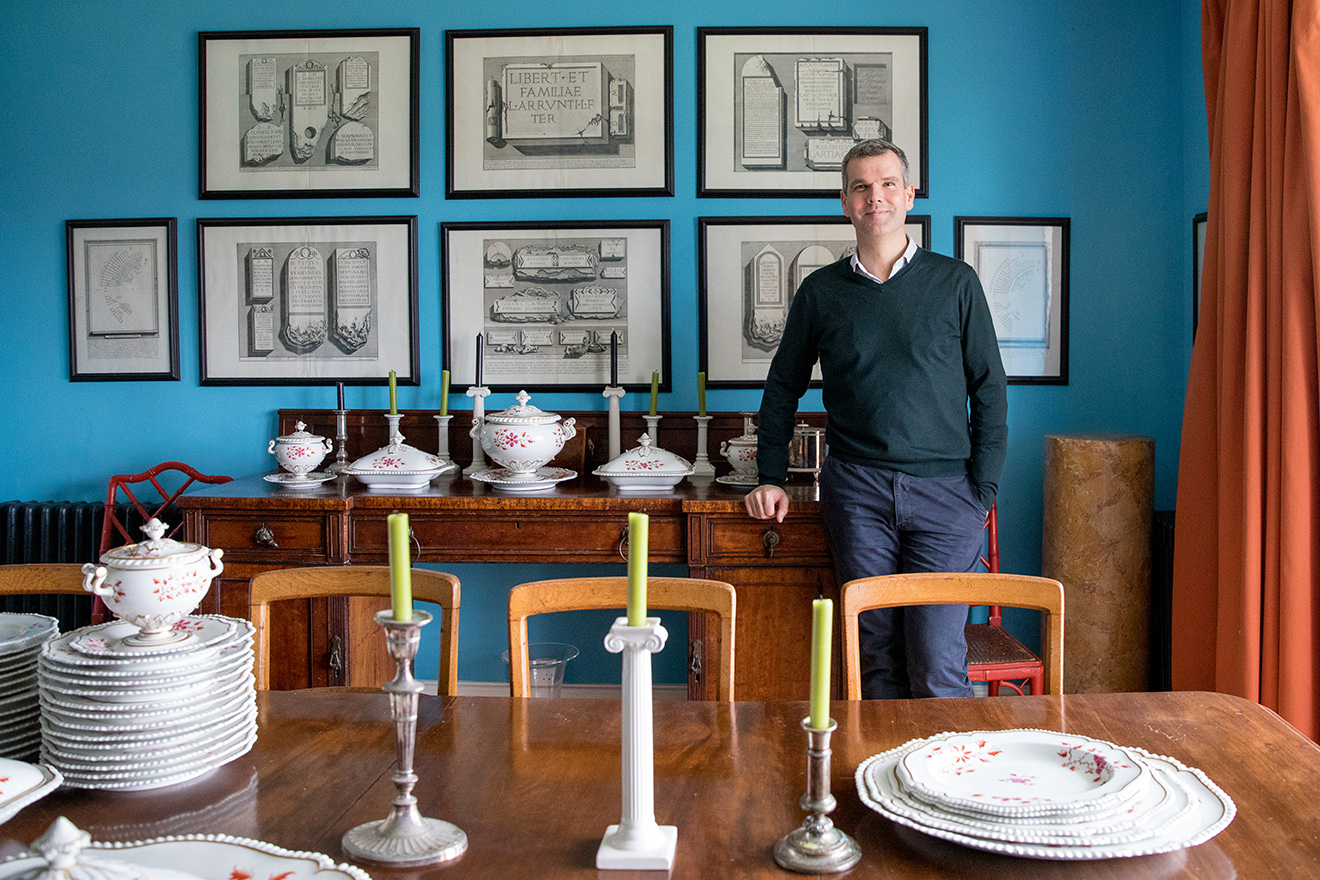
They key to it all is that we’re in a closed world. The door is shut. There are no distractions: no phones, no piles of plates in the corner reproachfully demanding to be washed up. We are enclosed in the joy, drama and civilisation of the dining room and, at the end of the evening, blinking, a little like stepping back out of the theatre into the street, we return to the real world. I know of no other room which has this metamorphic power – certainly, not the kitchen.
Sign up for the Country Life Newsletter
Exquisite houses, the beauty of Nature, and how to get the most from your life, straight to your inbox.
Tastes change; the way we live changes. When my parents were first married, they used to give or go to a formal dinner party two or three times a week. Now, in Dorset, Charlie and I might have people for dinner (as opposed to a kitchen supper) once in a blue moon. But it doesn’t matter – the room is there when it’s needed.
"At these moments, frankly, nowhere else will do"
And on the high days and holy days, when special friends are staying for the weekend, when we want to have people over for a lingering, delicious Sunday lunch, when the afternoon fades into the gloaming while cheese is still being passed around – well, at these moments, frankly, nowhere else will do.
Of course, what is useful is having an empty room that doesn’t need to be ‘busy’ the whole time. The day that Country Life came to take my portrait, my husband, Charlie, had hundreds of dahlia tubers (pushed just out of the shot) piled on shelves, drying before being put into store. Scented geraniums and Rhododendron Fragrantissimum come in here and overwinter at the sunny bay window. Or you might find the table covered in hundreds of prints I’ve bought at auction that need sorting or with piles of drawings and paperwork. The room isn’t useless, precisely because its use is so limited.
Perhaps the dining room will fall victim to lifestyle fashion, when people are too busy to eat together or are too bored with each other’s company to do anything but sit with their food on their laps watching the TV, or – and perhaps this is the greatest threat of all – would prefer to invite friends out to a restaurant and let others pour the drinks and do the cooking and washing-up.
There are those who say (even, apparently, in these esteemed pages) ‘this is not how we live any more: get rid of this marvellous room and its history and pleasures’, but, to do so, we all really know, would be to hammer another small nail into the coffin of what makes life really worth living.
In praise of the kitchen by Henriette von Stockhausen
Most of my clients will still have a dining room and I have one, too, but we do most of our entertaining in the kitchen. With a combination of young children who get fidgety in a formal dining room and a hectic lifestyle, our kitchen offers an altogether more flexible, practical and relaxed environment for entertaining.
I like having people around while I cook – a tray with an ice bucket and all the ingredients required for drinks creates a convivial atmosphere. Guests gather around the island and we all chat while the finishing touches are being put together.
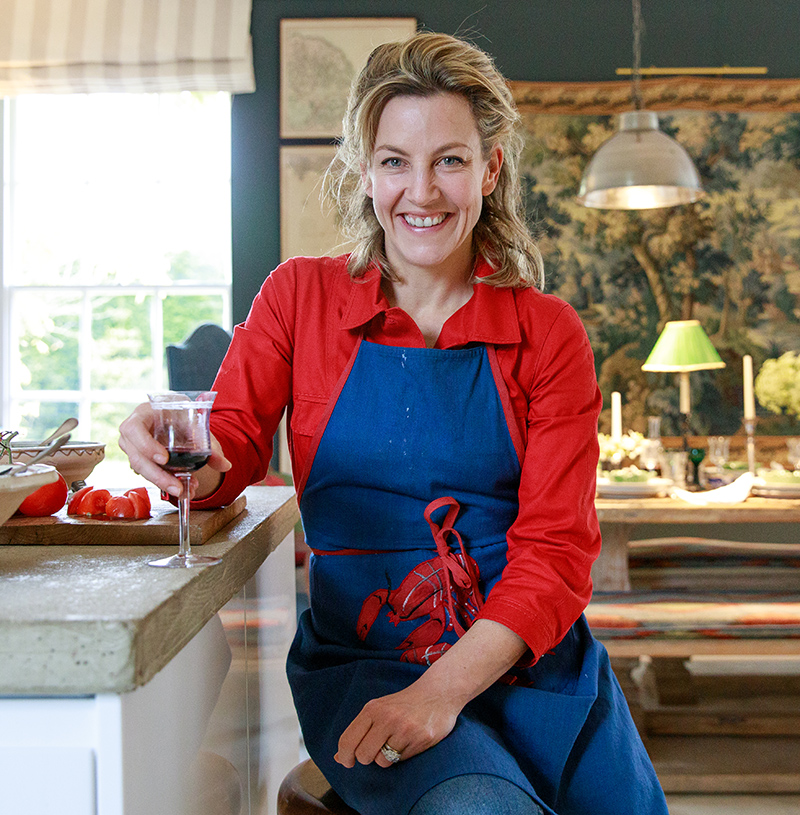
Entertaining in the kitchen also takes the pressure off; no one expects three courses bookended by soufflés and petits fours at a kitchen supper.
It’s important to treat the kitchen as a room, rather than a functional space. With this in mind, I hide shiny machinery, such as fridges and dishwashers, behind doors and hang good paintings and tapestries. When planning lighting, I opt for table lamps to create a relaxed mood. Curtains, cushions and upholstery help to absorb sound.
Candlelight effortlessly creates the romance of a dining room. When the lights are dimmed and the table dressed with linen, fresh flowers and polished silver, it’s easy to forget that you’re in the kitchen.
"Entertaining in the kitchen takes the pressure off; no one expects three courses bookended by soufflés and petits fours at a kitchen supper"
For traditionalists who baulk at the thought of piles of empty dishes, there are two solutions; either a deep butler’s sink that swallows up pots and pans or a small pantry that offers the perfect place to stash unsightly dishes discreetly.
Perhaps it’s my European roots, but I find that there’s something very inviting about eating in a room in which cooking has imbued the air with a delicious aroma. A dining room with a crackling fire is divine, but coming into a kitchen after a long walk, with a chicken roasting in the oven, is an unbeatable treat for the senses.
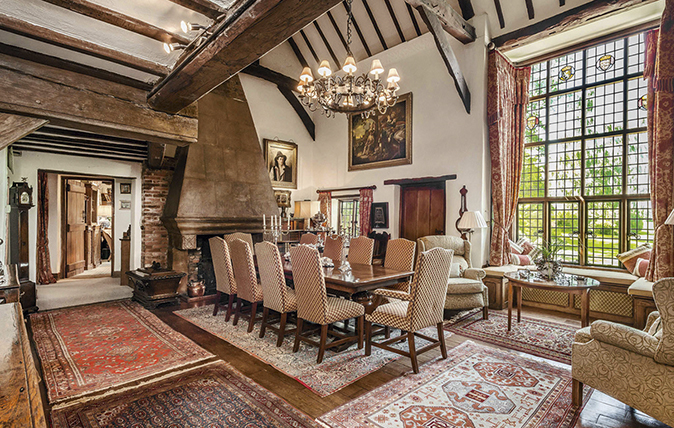
Credit: Strutt & Parker
Dining rooms so spectacular, you’ll be entertaining every night
Feast your eyes on these stylish spaces.
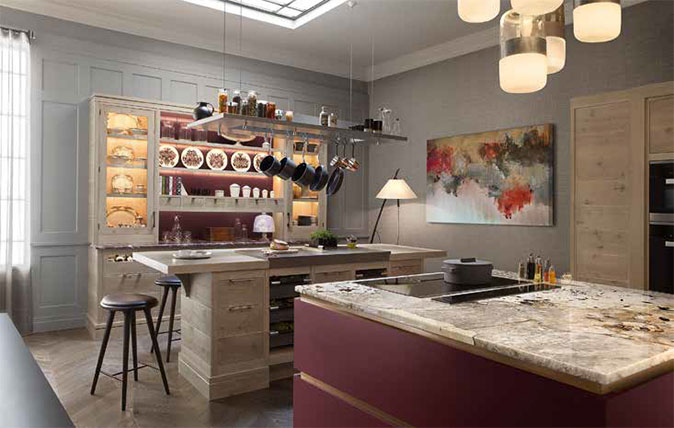
The new kitchen design mantra: Don’t be afraid of the dark
Dark colours and rich materials are creating moody new looks in kitchens, says Amelia Thorpe.
Toby Keel is Country Life's Digital Director, and has been running the website and social media channels since 2016. A former sports journalist, he writes about property, cars, lifestyle, travel, nature.
-
 Ford Focus ST: So long, and thanks for all the fun
Ford Focus ST: So long, and thanks for all the funFrom November, the Ford Focus will be no more. We say goodbye to the ultimate boy racer.
By Matthew MacConnell
-
 ‘If Portmeirion began life as an oddity, it has evolved into something of a phenomenon’: Celebrating a century of Britain’s most eccentric village
‘If Portmeirion began life as an oddity, it has evolved into something of a phenomenon’: Celebrating a century of Britain’s most eccentric villageA romantic experiment surrounded by the natural majesty of North Wales, Portmeirion began life as an oddity, but has evolved into an architectural phenomenon kept alive by dedication.
By Ben Lerwill
-
 Designer's Room: A solid oak French kitchen that's been cleverly engineered to last
Designer's Room: A solid oak French kitchen that's been cleverly engineered to lastKitchen and joinery specialist Artichoke had several clever tricks to deal with the fact that natural wood expands and contracts.
By Amelia Thorpe
-
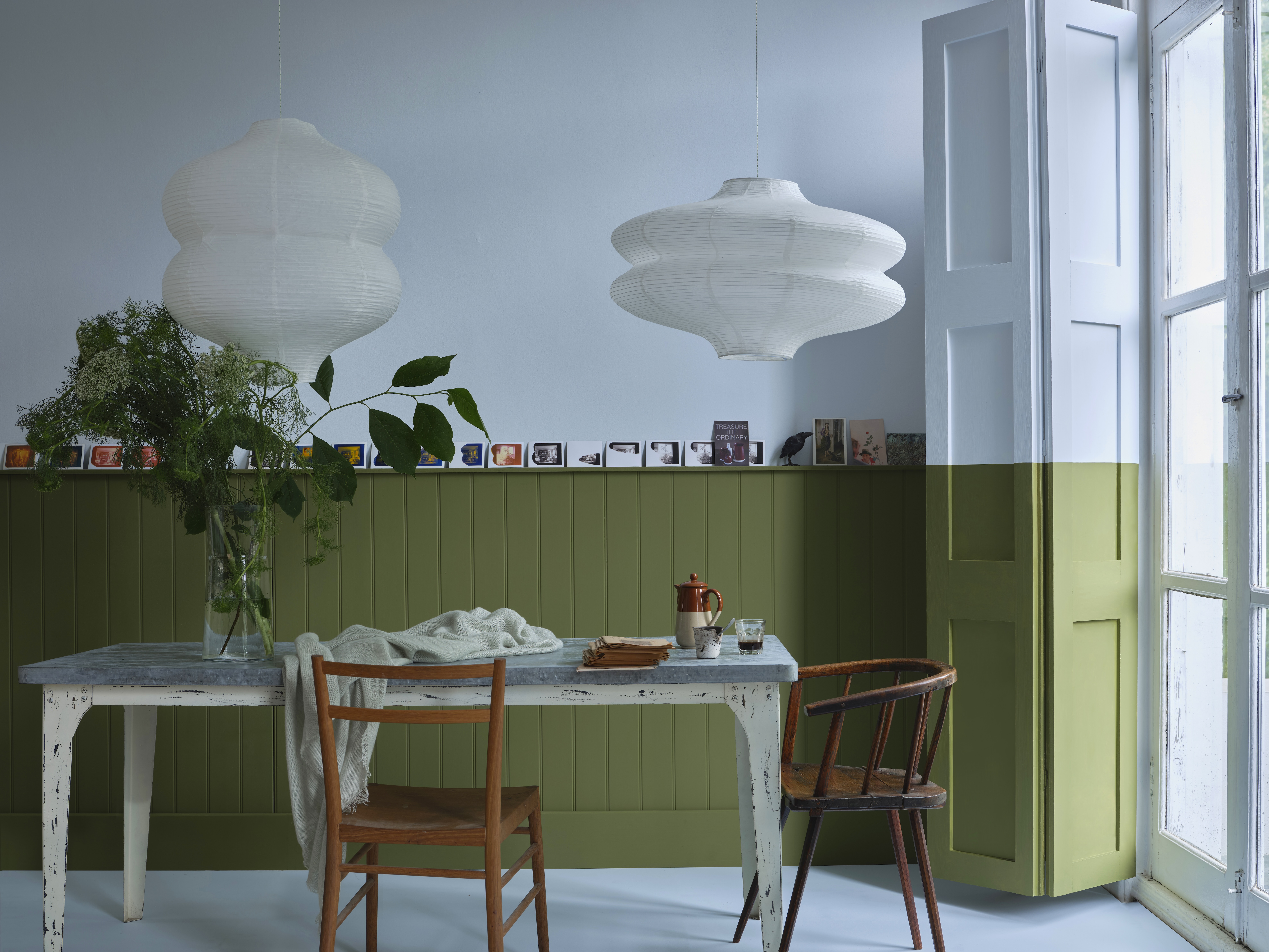 John Sutcliffe — The man, the myth and the paint-naming legend behind Dead Salmon and Elephant's Breath
John Sutcliffe — The man, the myth and the paint-naming legend behind Dead Salmon and Elephant's BreathBy Carla Passino
-
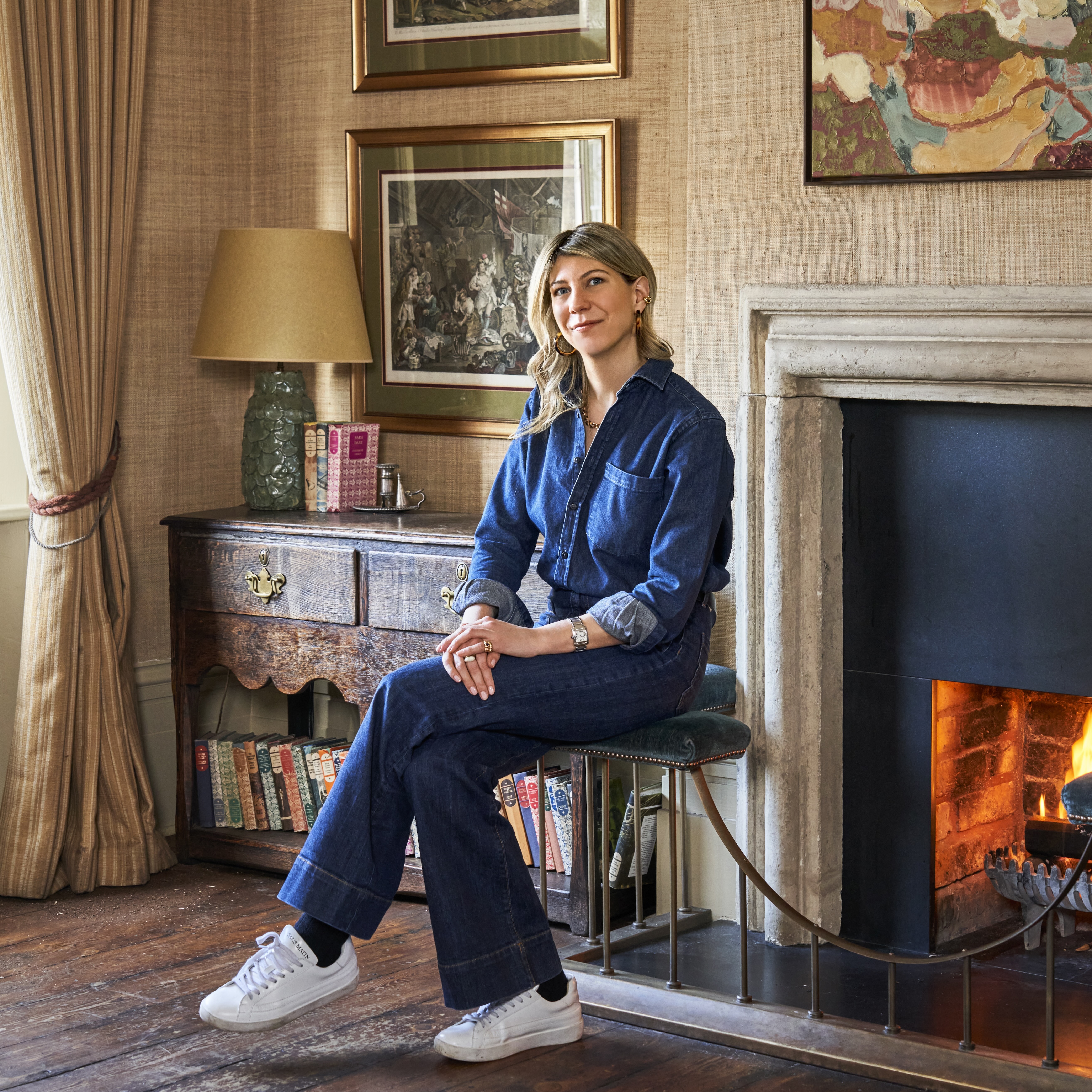 The power of the youthful gaze: A new generation tackles modern day design conundrums
The power of the youthful gaze: A new generation tackles modern day design conundrumsHow is a new generation of interior designers responding to changing lifestyles, proliferating choice, the challenges of sustainability and the tireless demands of social media?
By Arabella Youens
-
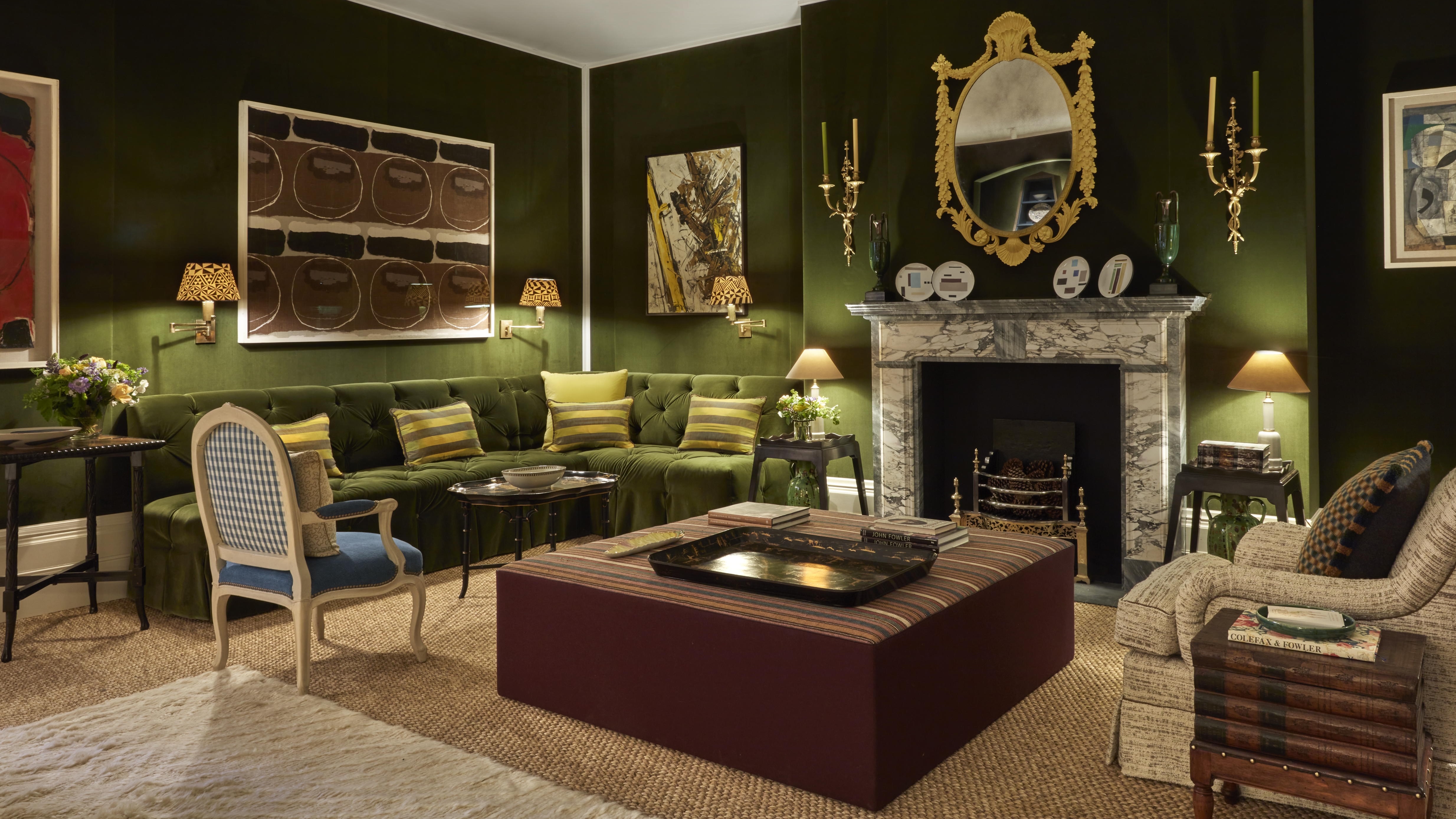 'Rooms can be theatrical and comfortable at the same time': Top tips for decorating with conversation in mind
'Rooms can be theatrical and comfortable at the same time': Top tips for decorating with conversation in mindCarefully placed furniture encourages conversations, says Emma Burns, of Sibyl Colefax & Fowler
By Country Life
-
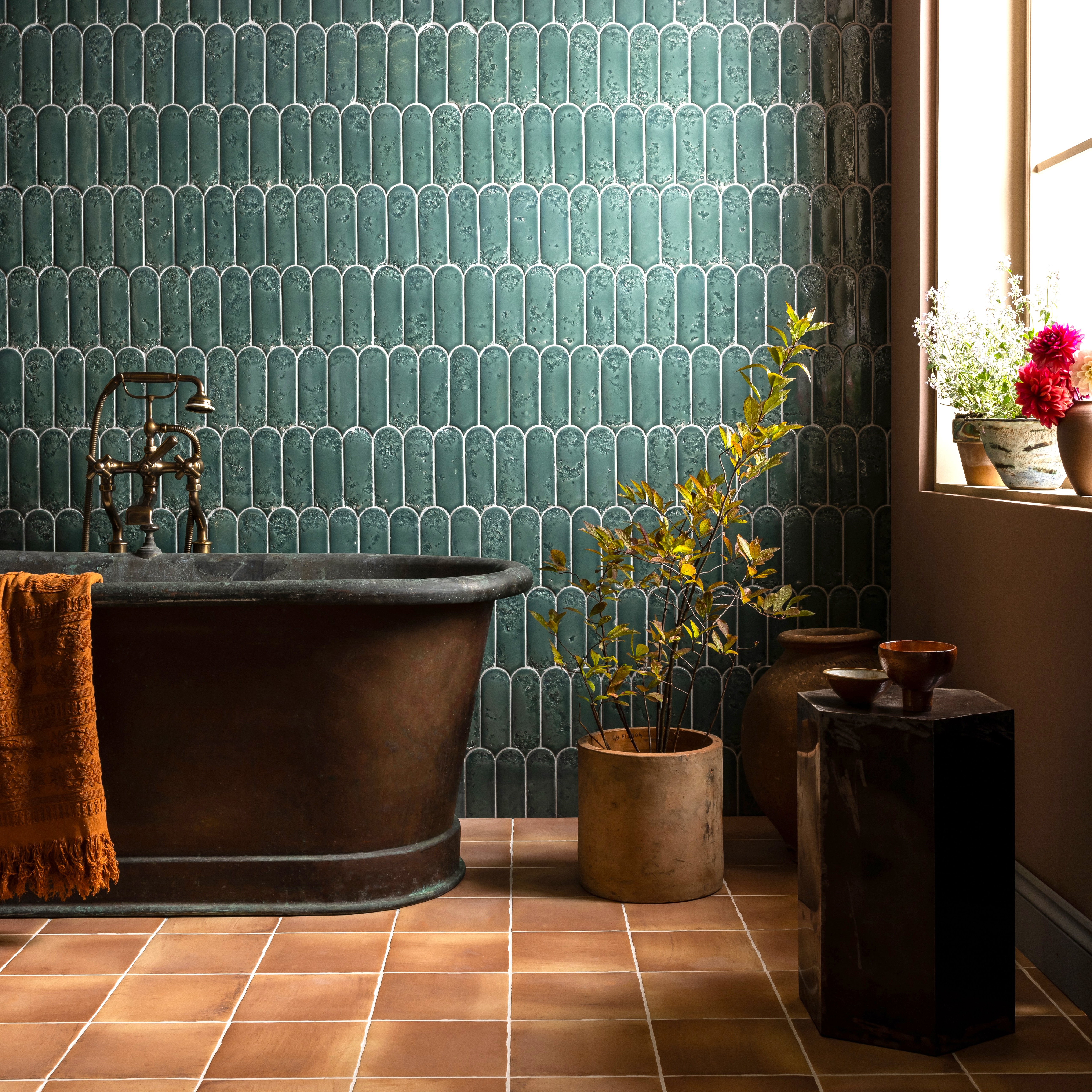 A tub carved from a single block of San Marino marble — and nine more beautiful things for the ultimate bathroom
A tub carved from a single block of San Marino marble — and nine more beautiful things for the ultimate bathroomThere's a bathroom out there for everyone — whatever your preferred style.
By Amelia Thorpe
-
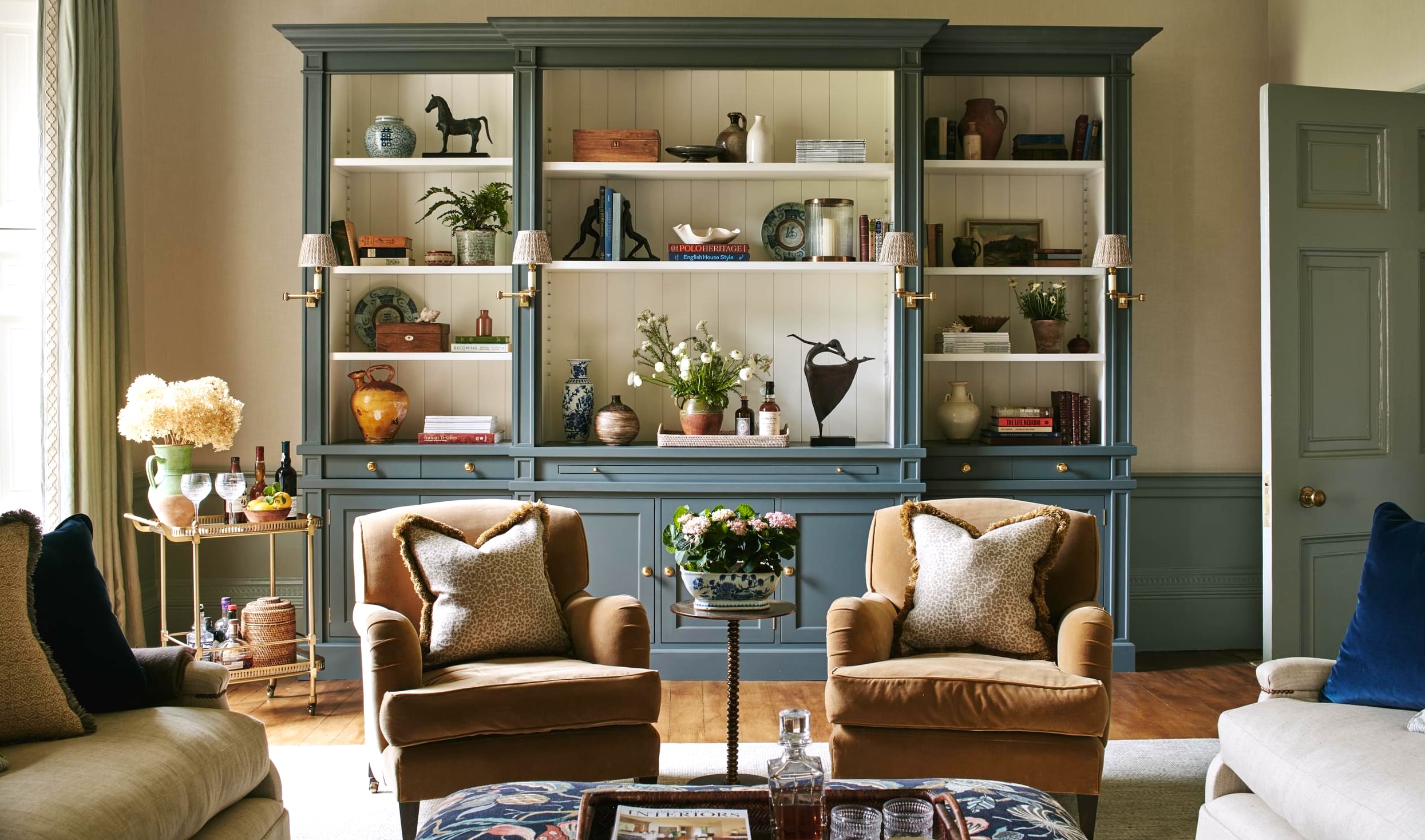 In search of the perfect comfy armchair
In search of the perfect comfy armchairWhat makes the ideal cosy, comfortable armchair? Arabella Youens asks some of Britain's top furniture experts to find out.
By Arabella Youens
-
 All the new entries in the Country Life Top 100 for 2025
All the new entries in the Country Life Top 100 for 2025Each year, our Country Life Top 100 is completely revised and updated — and several new names appear.
By Country Life
-
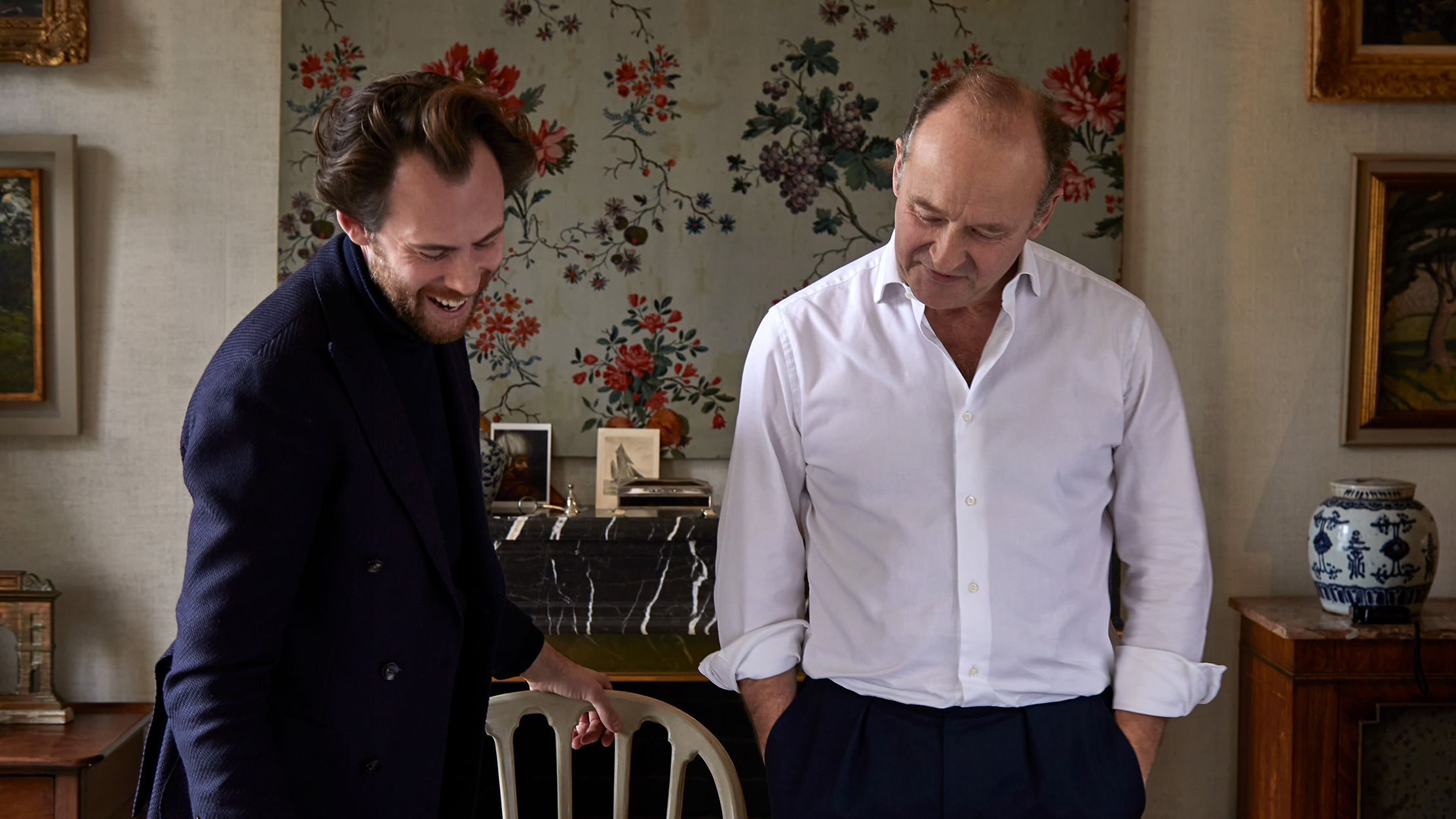 The timeless elegance of English country house style, with Guy Goodfellow and Steven Rodel
The timeless elegance of English country house style, with Guy Goodfellow and Steven RodelTwo of Britain's top interior designers share their wisdom with James Fisher on the Country Life Podcast.
By James Fisher
